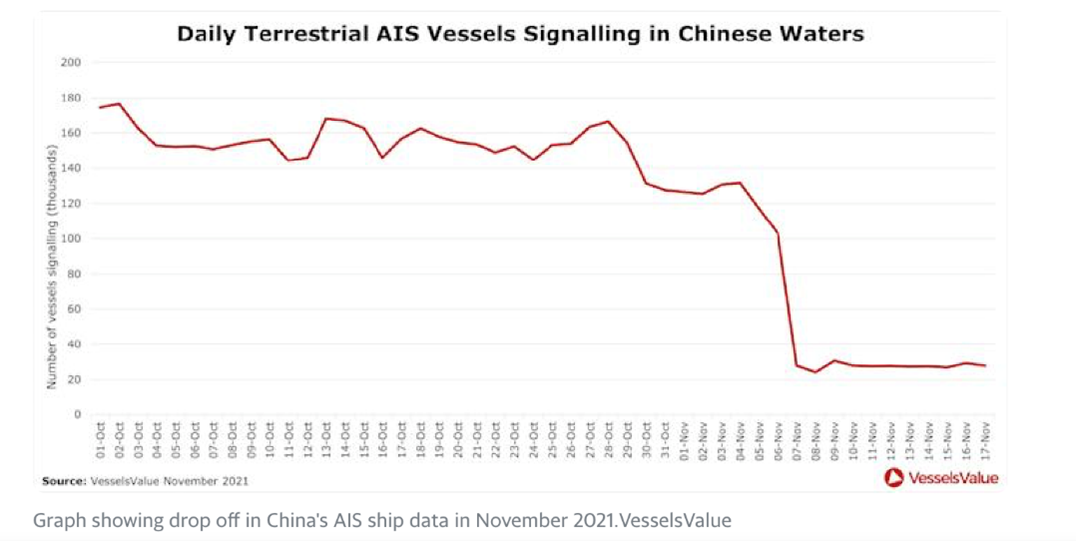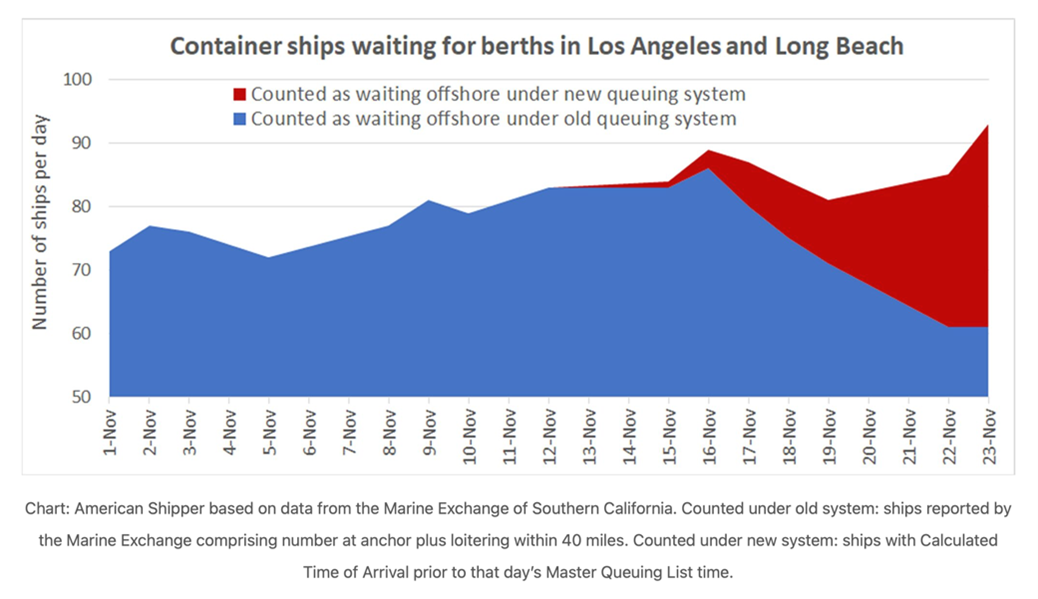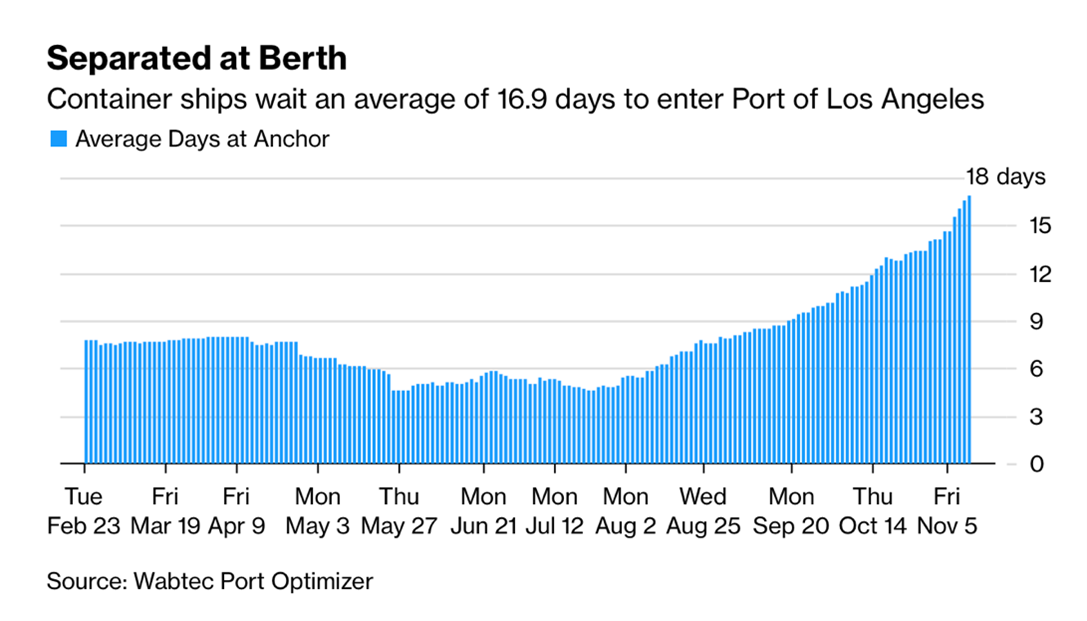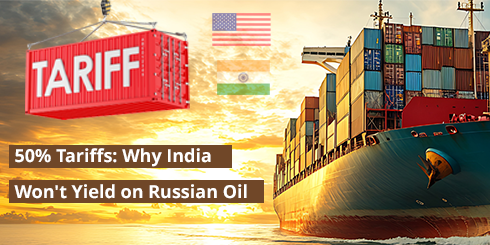Flying Blind
Back in September and October, suppliers in China and many other countries dealt with electricity shortages, aluminum, magnesium, and silica shortages, in addition to ongoing container shortages.
Fast forward to December; we are seeing that.
- Containers are becoming more available than in the last 90 days, although they remain historically high (Drewry Index is still high around $9500 – 5x the 10-year average!
- Labor is more available in most factories than it has been in almost a year!
- Aluminum material availability is normalized now with the supply of bauxite and magnesium
- Electricity shortages in China have all been curbed by the government, allowing up to 20% hikes in prices to consumers and businesses alike.







